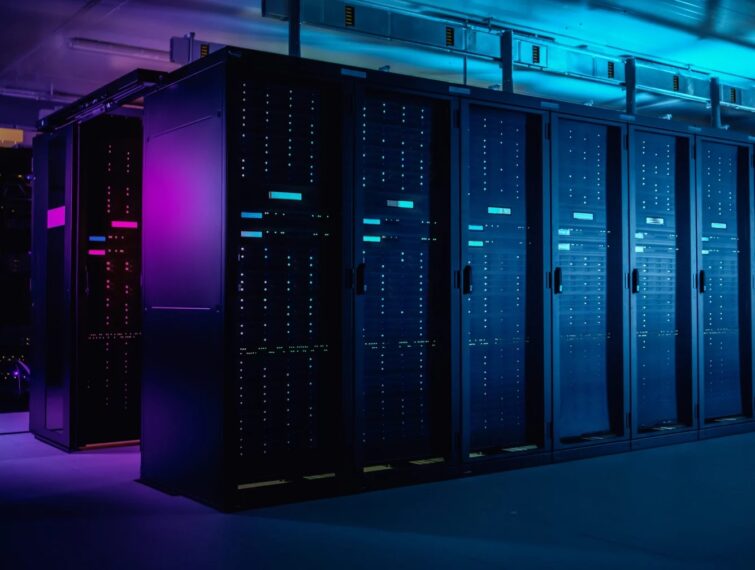Introduction
With exponential growth in data usage and adoption of IoT technologies, the demand for data processing power at the edge has increased tremendously. Traditional centralized data centers struggle to deliver low latency and location-specific services that edge applications require. Modular data centers have emerged as an innovative solution that addresses the unique requirements of edge computing. Let’s explore some key advantages of modular data centers and how they are transforming edge infrastructure.
What are Modular Data Centers?
Modular Data Center refer to prefabricated, standardized data center units that can be rapidly deployed to any location. These units come fully functional with all IT infrastructure including servers, storage, networking components, cooling systems, and power infrastructure pre-installed in standardized modules or containers. Major advantages of modular design include plug-and-play infrastructure, scalability, and portability and reduced downtime during deployment.
Various Types of Modular Units
Modular data center units come in different standardized sizes depending on the required IT and power capacity. Some common types of modular units include:
– 20ft ISO Containers: Standard shipping containers converted into self-contained data centers with capacity of 10-30kW. Ideal for small edge sites.
– 40ft ISO Containers: Larger containers providing cooling and power for 20-50kW capacity modules. Often grouped for larger edge facilities.
– Purpose-Built Modules: Specially fabricated modular enclosures and rooms providing flexible capacity ranging from 50kW to multiple MW. Common at large enterprise and colocation edge sites.
– MicroMods: Smallest modular units with 1-5kW capacity optimized for Internet of Things and 5G applications. Easy to deploy in space constrained environments.
– All-in-One Modular Pods: Integrated modular pods with 10-100kW capacity containing all IT equipment, power and cooling infrastructure in pre-wired factory assembled enclosures.
Key Benefits of Modular Edge Infrastructure
Some key advantages that modular data centers provide for distributed edge computing requirements include:
Rapid Deployment
Prefabricated modular units can be set up at a new location within 6-8 weeks compared to 6-12 months for conventional infrastructure. This rapid scalability allows real-time responses to fluctuating edge site demands.
Improved Resiliency
Modular units are fault-tolerant and can maintain operations even if one module fails. Redundant capabilities enable continuous service availability during maintenance or failures.
Flexible Scalability
Modular infrastructure grows incrementally with business needs. Additional self-contained capacity modules can be plugged in or removed with no disruption to existing operations.
Lower TCO
Standardized modular designs reduce complex engineering and commissioning times significantly lowering total cost of ownership compared to custom edge builds.
Location Flexibility
Edge-friendly modular footprint (20-40ft containers) allows deployment at any site regardless of physical infrastructure constraints. Eases expansion into non-traditional environments.
Simplified Relocation
Modular units can be relocated to changing edge locations seamlessly with full IT operations shifting along, avoiding expensive rebuilds or early refresh cycles.
Emerging Hybrid Modular Models
With the success of container-based modular edge facilities, newer hybrid models are emerging that combine the benefits of containerized infrastructure with features of purpose-built modular buildings:
– Panelized Modular Units: Structural wall and roof panels combined with pre-integrated modules deliver construction speed with building flexibility.
– MicroMod Centers: Collections of autonomous MicroMods aggregated to form complete micro data centers optimized for industrial and urban environments.
– Lifecycle Embedded Modularity: Modular designs integrated at the concept phase with flexible end-of-life plans to upgrade, repurpose or reuse components and extend asset life.
These hybrid solutions are poised to dominate the next generation of resilient, sustainable and adaptable edge infrastructure deployments.
Modular Transforming the Edge Landscape
With their scalable, portable and resilient design, modular data centers are uniquely transforming how distributed computing infrastructure can be delivered. As edge applications proliferate across industries, modular facilities will continue powering the next wave of digital transformation globally by delivering low-latency IT services wherever data is being generated. Prefabricated modular architectures offer unmatched deployment agility compared to conventional builds, future-proofing edge infrastructure investments for the coming decade of exponential connectivity.
*Note:
- Source: CoherentMI, Public sources, Desk research
- We have leveraged AI tools to mine information and compile it

